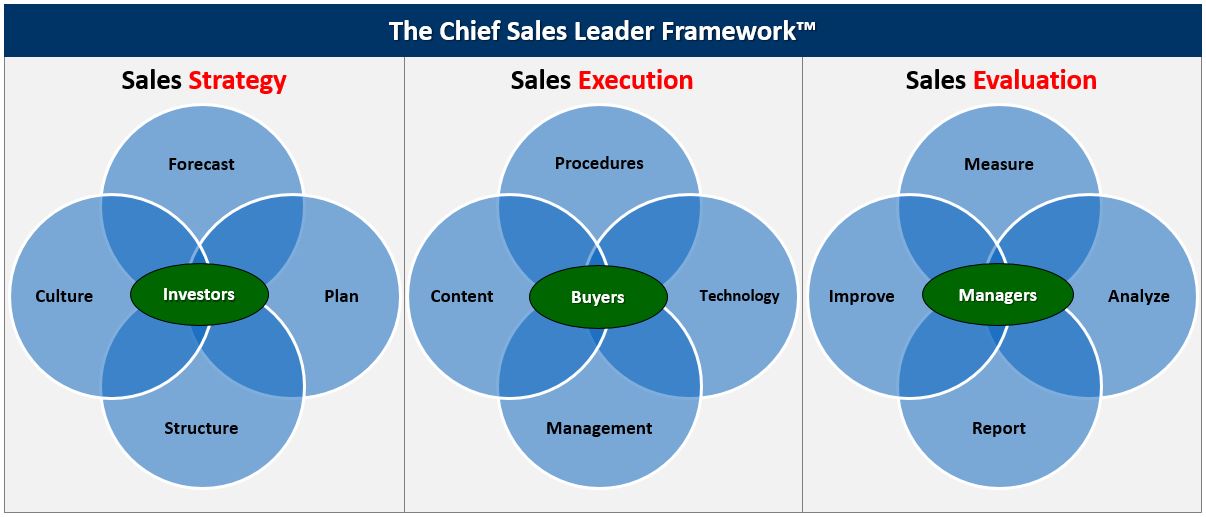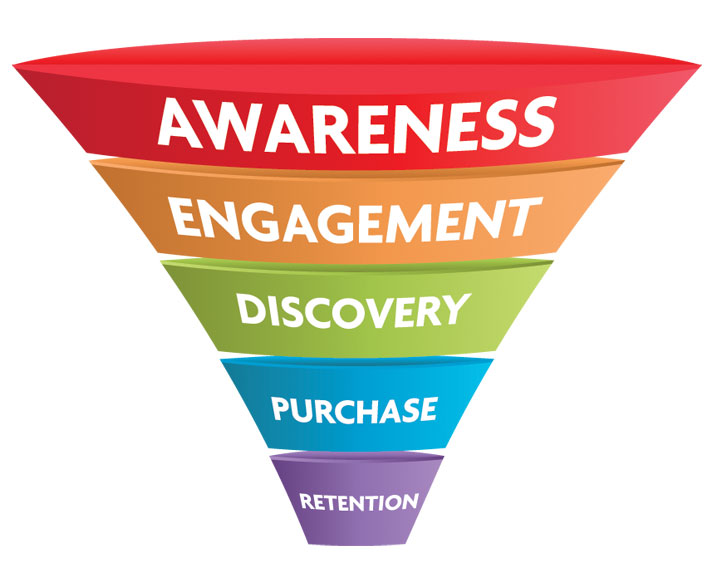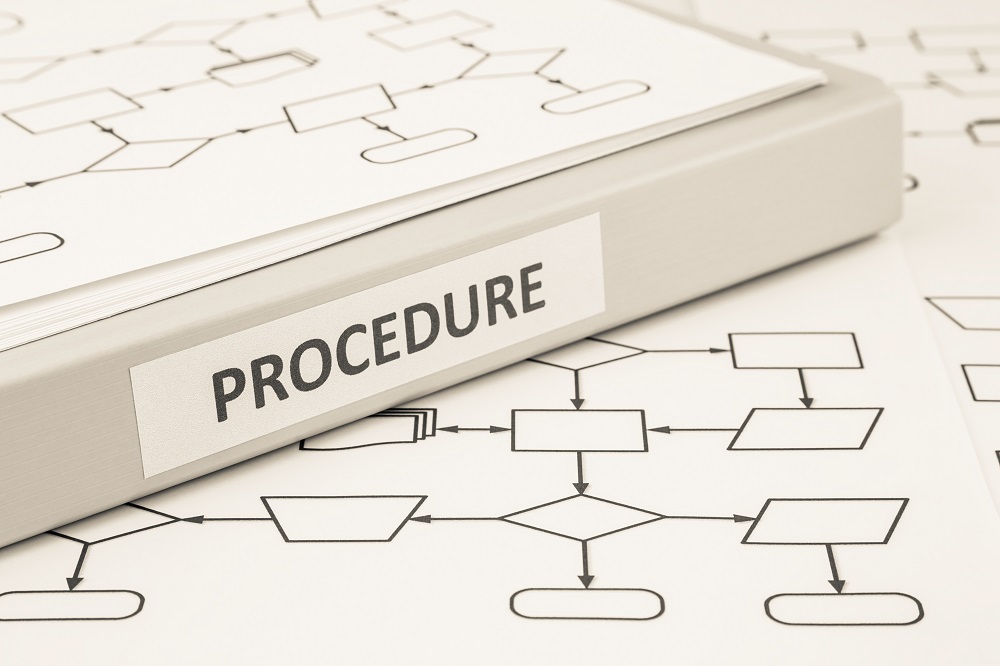Build a Sales Team
Enable your sales team and managers to execute with precision – – effectively, efficiently & predictably
Common Causes of Failure When Building A Sales Team
#2 Unrealistic expectations of sales managers i.e. make sales calls, hire and manage salespeople, deploy sales technology, manage office space, build sales strategy and forecasts, etc.
#3 Incomplete, Missing and/or conflicting procedures, information, policies,


We Use The Chief Sales Leader Framework™
To make it easy for you to understand and manage the three (3) strategic and twelve (12) operating sales processes that enable a sales team to execute with precision – – effectively, efficiently, and predictably
Steps To Build A Sales Team
How To Build a Sales Team
Step 1 – We Start At The Sales Call and Work Backwards Because:
- That is where the buyer resides and we can learn about our messaging
- The cash register rings – – to generate short-term revenue
- Time-saving lessons are learned for building out (3) strategic and twelve (12) sales operating processes that are required for a sales team to execute with precision – – effectively, efficiently and predictably


Step 2 – Understand The Buyer Decision Process
- What answers do buyers need in order to make a purchase?
- What questions do buyers not know to ask about your offering?
- What is the right sequence of questions and answers to engage?
- What are you asking them to start and stop doing?
- What are the ten reasons why they will so “no” to purchase?
- Open the sales conversation
- Investigate buyer needs and qualify them
- Demonstration your solution
- Present pricing options
- Negotiate and close the deal
- Handle objections at any point during the conversation


- Define target industries, companies and buy points
- Find contact information i.e. email and phone
- Craft message to get buyers to say “yes” to appointments
- Request appointments via email and phone
- Deploy marketing automation to sustain contact
- Track appointment setting results i.e. email and phone
- Contact history notes
- Source – – where did you meet the contact?
- Milestone and status
- Sales opportunities and probability of closing the sale


Step 6 – Decide What Type of Sales Team To Build
- Inside and Field Sales Team
- Channel Partner Sales Team
- Account Management Team
- Technical Sales Team
- Customer Onboarding and Service Team
- Marketing Communications Team
- Product and Market Management Team
To guide the development of your sales team. We recommend using The Chief Sales Leader Framework™ because it provides a comprehensive framework that covers the three (3) strategic and twelve (12) operating sales processes that are required for a sales team to execute with precision – – effectively, efficiently and predictably.

- Methodical Approach – – to keep time, cost and risk low by working on one of the twelve (12) operating processes at a time
- Expedited Approach – – to speed implementation by simultaneously working on three (3) of the operating processes at once
- Custom Approach – – to meet your unique situation
- Sales forecasting for revenue, sales pipeline activities, sales productivity, staffing requirements and selling expenses
- Sales and market planning by industry, geography, buy-point, product, and service, buy point, etc.
- Sales organization design to get the right salespeople to the right place at the right time
- Sales culture to ensure that sales call execution is being reinforced
- Sales procedures for lead generation, appointment setting, new customer acquisition, customer onboarding, customer service, account management renewals, cross-selling, and win-backs
- Sales technology including CRM, marketing automation, customer service, phone, auto-dialer, sales library, productivity, project management, territory mapping and routing, and human resources
- Sales content for awareness building, purchase evaluation, company information, product and service information, pricing and proposals, promotional materials, contacts and customer service help desk
- Sales people for hiring, onboarding, coaching, compensating, rewarding, evaluating, training, developing future sales leaders, and succession planning
- Sales measurement for tracking sales activities, sales opportunities, and contact history
- Sales analysis for internal activities, results, and trends; as well as external events and trends
- Sales reporting for industries, buyer companies, sales activities, revenue, sales regions, and salespeople
- Sales process improvement for gap analysis, problem identification and prioritization, improvement planning, and improvement reporting

